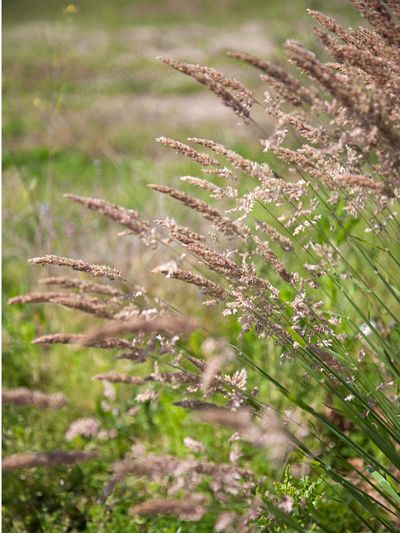What are Velvetgrass Weeds?
Velvetgrass is great at stabilizing soil, but because it isn’t native to North America, other indigenous grasses should be established. That means eradicating velvetgrass weeds wherever they are found. If it is allowed to persist, it will spread rapidly, inhibiting the growth of tree seedlings and native plants. Common velvetgrass (Holcus lanatus) is a tufted perennial grass. The foliage is grayish green and the stems are slightly flattened. Both stems and leaves are lightly hairy. It flowers from spring through fall with purplish pink spikes. Seeds are wind born and can spread far from the parent plant, and will germinate in almost any soil and exposure. The weed is most common in Canada and the western states, where it was introduced in the 1800’s as a forage grass. The grass is also known as Yorkshire fog, creeping soft grass, and woolly soft grass, among other monikers.
Velvetgrass Control
It is not uncommon to find patches of velvetgrass in lawns. Once it gets a foothold, the weed can be a nightmare to conquer. Common velvetgrass does not spread by stolons or rhizomes, but the prolific, lightweight seed is easily dispersed, quickly colonizing areas of turfgrass. With a little irrigation, the seed can germinate in almost any conditions. The best defense is a thick, healthy lawn that will not allow interloping species of grass and weeds. Mow at the right height for your turfgrass and apply both nitrogen at the correct time and soil tests that can determine pH and fertility. Getting rid of velvetgrass by hand pulling is effective. Of course, this only works where the weed is present in small concentrations. Frequent mowing or grazing is also effective in preventing the spread, by removing the flower heads and the subsequent seed. As a last resort, you might also try spot applications of glyphosate or atrazine and diuron. Since these are non-selective, use care when applying. Make sure the day is wind free and apply at the rates recommended by the manufacturer. Use protective clothing and obey the package cautions. Note: Chemical control should only be used as a last resort, as organic approaches are safer and more environmentally friendly.
